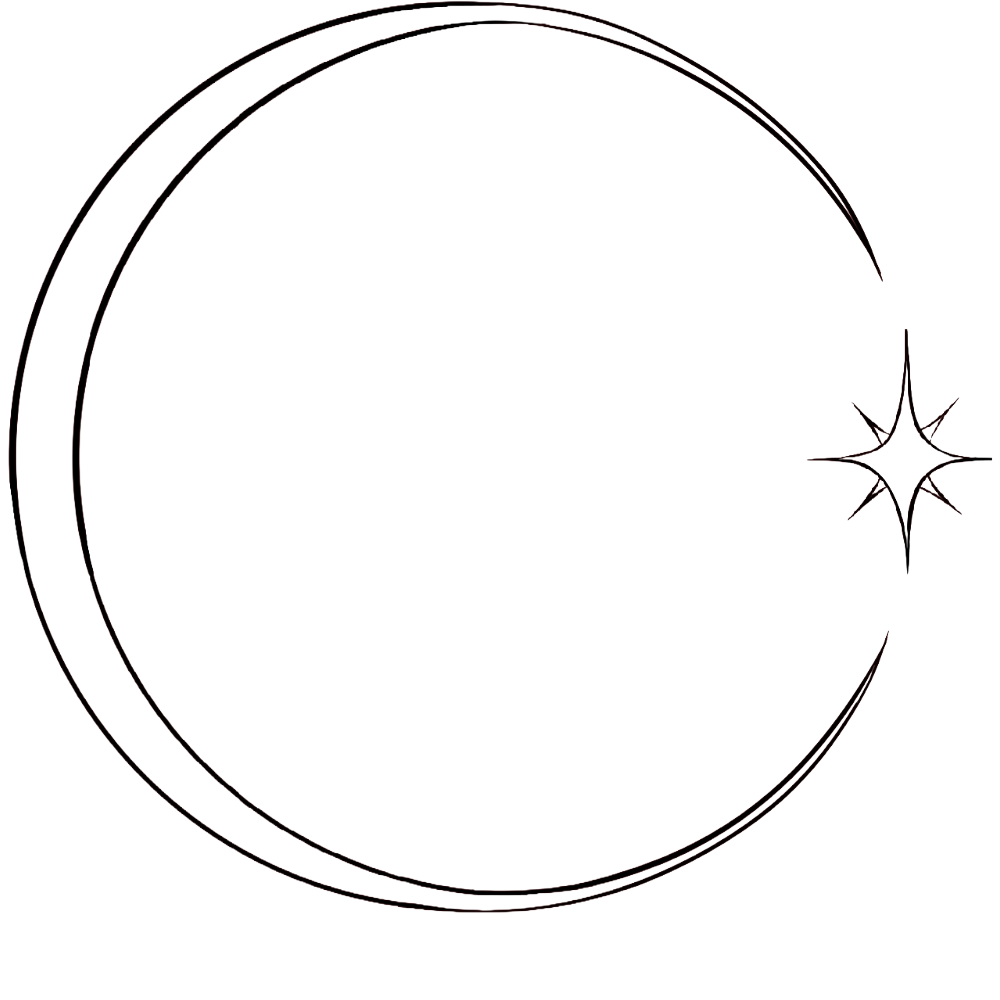440 Hz vs 432 Hz: Why Frequency Matters in Music and Meditation
There’s a quiet revolution happening in sound. While most of the Western world has standardized to 440 Hz tuning, a growing number of musicians, sound healers, and listeners are returning to 432 Hz—a frequency some believe is more aligned with the rhythms of nature, the cosmos, and even the human body. But what’s the difference between these two tunings? And does it really matter?
This article breaks it down—historically, scientifically, and energetically—so you can decide for yourself.
The History: Why We Use 440 Hz
In 1939, a global music conference in London recommended 440 Hz as the new standard for concert pitch (meaning the A above middle C would vibrate 440 times per second). This became widely adopted after World War II, replacing previous tuning standards that varied by region—many of which hovered closer to 432 Hz.
This shift wasn’t based on spirituality or healing—it was largely logistical. A single international tuning standard made manufacturing and orchestration easier. It was about uniformity, not harmony.
What Makes 432 Hz So Special?
432 Hz is sometimes called the “natural frequency of the universe.” This claim isn’t entirely provable, but it comes from a blend of numerology, ancient systems, and resonance with patterns found in nature. Here’s what supporters often cite:
Mathematical resonance: 432 is divisible by 3, 6, and 9—numbers that show up in sacred geometry, Vedic math, and Nikola Tesla’s theories.
Cosmic alignment: It’s said that 432 Hz aligns with the frequencies of celestial bodies and the human body’s energy systems.
Physical effects: Many people describe music tuned to 432 Hz as feeling warmer, deeper, more relaxed—less sharp or anxious than 440 Hz.
A/B Comparison: What Does the Research Say?
There’s limited but growing research comparing the two tunings:
A 2016 study in Explore: The Journal of Science and Healing found that 432 Hz music reduced heart rate and perceived anxiety significantly more than 440 Hz.
EEG scans in pilot studies suggest 432 Hz music may encourage alpha and theta brainwave states more rapidly, which are associated with meditative calm and mental clarity.
Anecdotally, many practitioners—including myself—report that clients drop into deeper states more easily when bowls or music are tuned to 432.
It’s important to note: both frequencies are healing when used with intention, presence, and skill.
The Sonic Feel: How They Actually Sound
440 Hz often feels sharper, brighter, and more focused. Great for orchestral clarity and performance.
432 Hz is generally perceived as softer, warmer, and rounder—ideal for meditation, nervous system repair, and energy alignment.
You might not consciously “hear” the difference, but your body and brain do.
Tuning in Practice: What I Use and Why
In my sound baths, I tune most of my instruments—including Empyrean alchemy bowls—to 432 Hz, particularly when working with heart-centered, emotional, or intuitive themes. I’ve found this frequency naturally supports:
Slowing the breath
Releasing energetic tension
Bringing people into a deep theta state
For performances or music production where I want edge or urgency, I’ll work with 440 Hz intentionally. But for healing work, 432 Hz creates the most coherence in the room.
The Takeaway
You don’t have to pick a side. 432 Hz and 440 Hz are simply different tools for different states. One may feel more expansive, the other more precise. The key is to tune into what your body, your intuition, and your clients need most.
Ultimately, it’s not just the pitch—it’s the intention behind the tone.
Want to experience the difference for yourself?
Join one of my upcoming 432 Hz sound bath meditations in Vancouver or explore my curated bowl collection online, tuned for both music and meditation.
